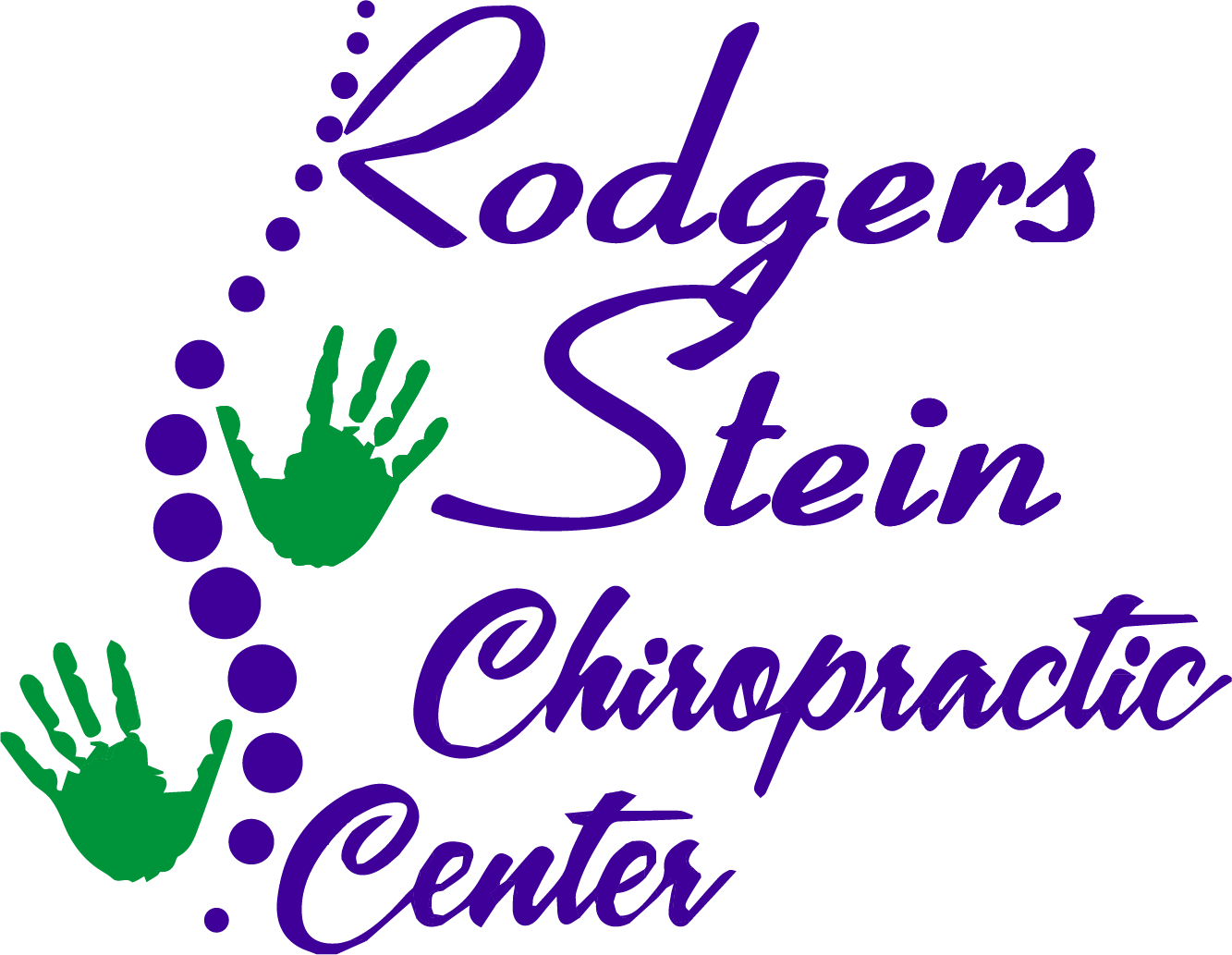Improving your spinal alignment and posture is vital for overall health, and it starts with simple adjustments you can make in your daily life. You might not realize how your workspace affects your back, or how strengthening your core can lead to better support. Incorporating mindful movement into your routine can also help you maintain proper alignment throughout the day. If you're curious about specific strategies to implement these changes effectively, there are a few essential tips that could make a significant difference.
Adjust Your Workspace
To achieve better spinal alignment and posture, you should start by adjusting your workspace. Your desk setup plays an essential role in how your body holds itself throughout the day.
First, make sure your chair supports your lower back. It should have a slight curve to encourage a natural spine position. If your chair doesn't have lumbar support, consider using a cushion to fill that gap.
Next, position your computer monitor at eye level. If you're looking down or up at the screen, it can lead to neck strain. Use a stand or stack some books to elevate your monitor, so the top of the screen is at or slightly below eye level. This adjustment helps maintain a neutral neck position.
Your keyboard and mouse should be within easy reach to prevent excessive stretching. Keep your elbows close to your body and bent at about a 90-degree angle. If you find yourself hunching forward, it's a sign your workstation needs tweaking.
Don't forget about your feet! They should rest flat on the ground or on a footrest to keep your legs at a comfortable angle.
Finally, take regular breaks. Stand up, stretch, and walk around to give your body a chance to reset.
Strengthen Core Muscles
A well-adjusted workspace sets the foundation for good posture, but strengthening your core muscles is key to maintaining it throughout your day. Your core isn't just your abs; it includes the muscles in your back, hips, and pelvis. A strong core stabilizes your spine, supports your movements, and helps you maintain proper posture while sitting or standing.
To strengthen your core, start with exercises that engage multiple muscle groups. Planks are fantastic for building endurance and strength. Try holding a plank position for 30 seconds, gradually increasing the duration as you become more comfortable. Incorporate side planks to target your obliques and enhance overall stability.
Another effective exercise is the bridge. Lie on your back with your knees bent and feet flat on the floor. Lift your hips until your body forms a straight line from your shoulders to your knees. This not only strengthens your core but also works your glutes and lower back, providing a well-rounded approach.
Don't forget about your deep core muscles. Exercises like pelvic tilts and dead bugs can help activate these essential stabilizers. Aim for a mix of strength training and flexibility exercises to create a balanced routine.
As you work on your core strength, you'll likely notice improvements in your posture. With a stable core, you can sit and stand more confidently, reducing the risk of strain and discomfort.
Prioritize core workouts in your fitness routine, and you'll support your spine and overall well-being.
Practice Mindful Movement
Embracing mindful movement is vital for enhancing your spinal alignment and posture. When you practice being present in your body, you become more aware of how you move and how those movements affect your spine. Start by paying attention to your daily activities, whether you're walking, sitting, or even lifting objects. Notice how your posture feels during these movements, and make adjustments as needed.
Incorporate breathing exercises into your routine. Deep, mindful breaths can help you center your body and release tension. As you breathe, visualize your spine lengthening and your muscles relaxing. This simple practice can greatly improve your awareness of alignment.
Try to integrate movements that promote good posture. Activities like yoga, tai chi, or Pilates can enhance your body awareness while strengthening the muscles that support your spine. These practices encourage you to focus on your alignment, balance, and coordination, which are essential for proper posture.
When you're engaged in mindful movement, you're less likely to fall into habits that lead to poor posture. For example, if you find yourself slouching while sitting at your desk, you can consciously adjust your position.
Conclusion
By making these adjustments and incorporating these practices into your daily routine, you can greatly improve your spinal alignment and posture. Start with your workspace to create a supportive environment, strengthen your core to enhance stability, and embrace mindful movement to keep your body aware and aligned. Remember, taking regular breaks is essential for resetting your posture. With consistent effort, you'll feel more comfortable and confident in your body, leading to better overall well-being.



